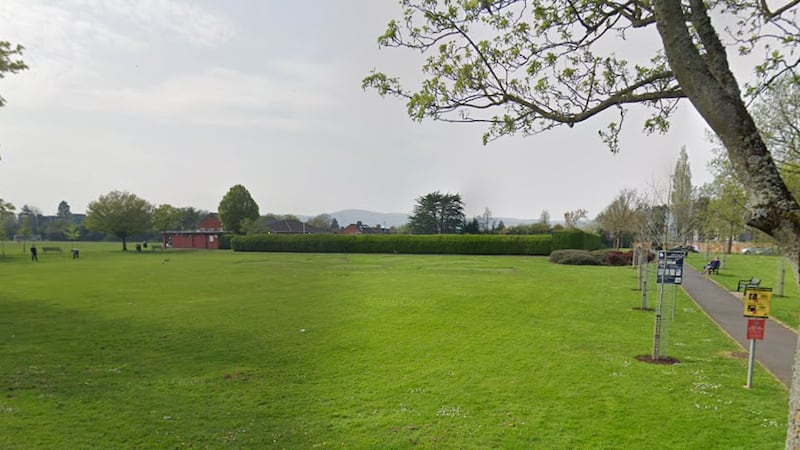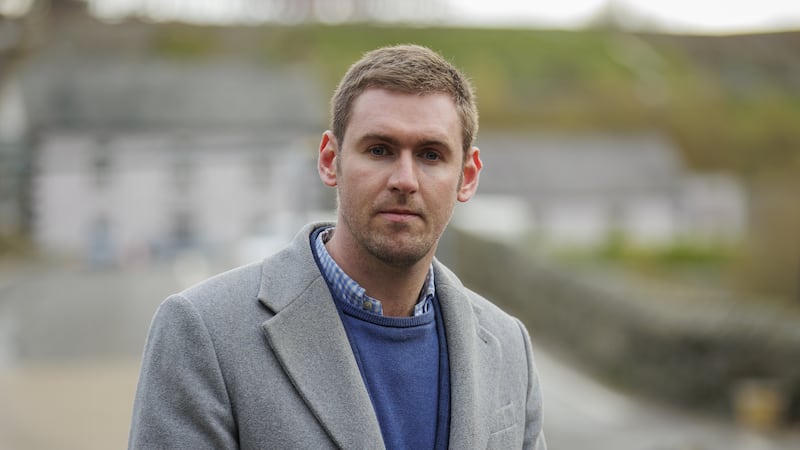THERE have been more than 300 deaths in Northern Ireland related to alcohol last year, new figures show.
It marks the joint highest rate on record.
Latest figures published yesterday by the Northern Ireland Statistics and Research Agency (Nisra) reveal that of the 17,558 registered deaths in 2021, there were 351 alcohol-specific fatalities.
The latest overall figures reflect a similar number to the deaths as a result of alcohol misuse in the previous 12 months.
But it is 53.9 per cent higher than the figure recorded 10 years ago when 228 alcohol related deaths were confirmed. Figures have continued to rise each year since recording began in 2001.
Over the past five years of the Nisra statistics, from 2017 to 2021, there were almost four times as many alcohol-specific deaths in the most deprived areas compared to the least deprived areas.
More than half (64.4 per cent) were male, the second-highest annual number of male alcohol-specific deaths recorded in Northern Ireland after 2020.
While the number of deaths in males decreased in 2021 from 2020, it increased in females, who made up 35.6 per cent of the recorded alcohol-specific deaths. Proportionally, the percentage of deaths accounted for increased from 12.9 per cent to 13.4 per cent per 100,000 women.
The majority of those who died with alcohol-specific underlying causes each year since 2011 were in the 45-54 and 55-64 age groups, together accounting for between 59.2 per cent and 68 per cent of all alcohol-specific deaths each year.
In recent years, the proportion of those who died from alcohol-specific causes that are aged 55-64 has generally increased.
In 2021, however, this age group accounted for a third of such deaths (33.3 per cent) - a decrease from 36.5 per cent of deaths in 2020; while those aged 45-54 accounted for 29.6 per cent of the total.








